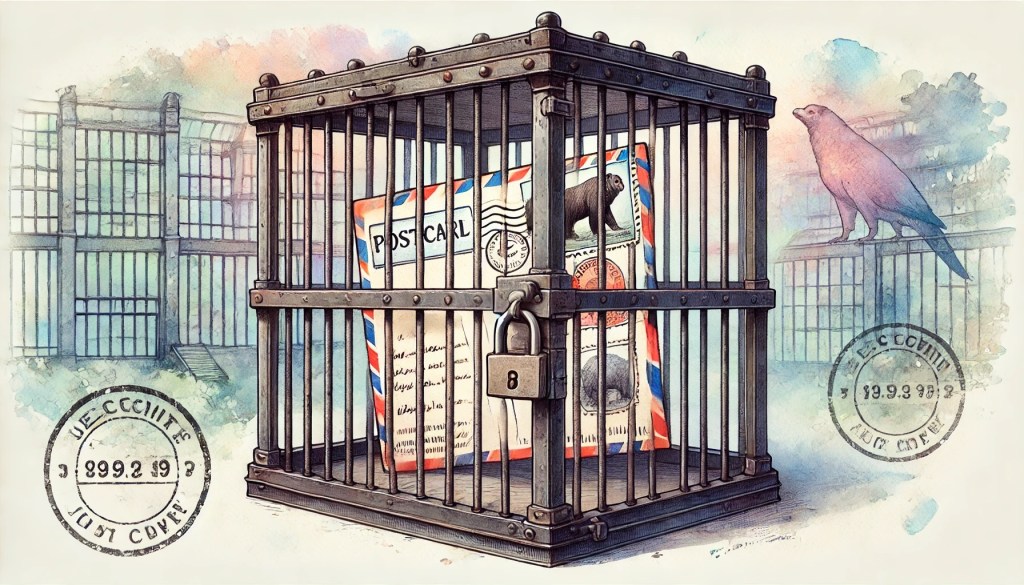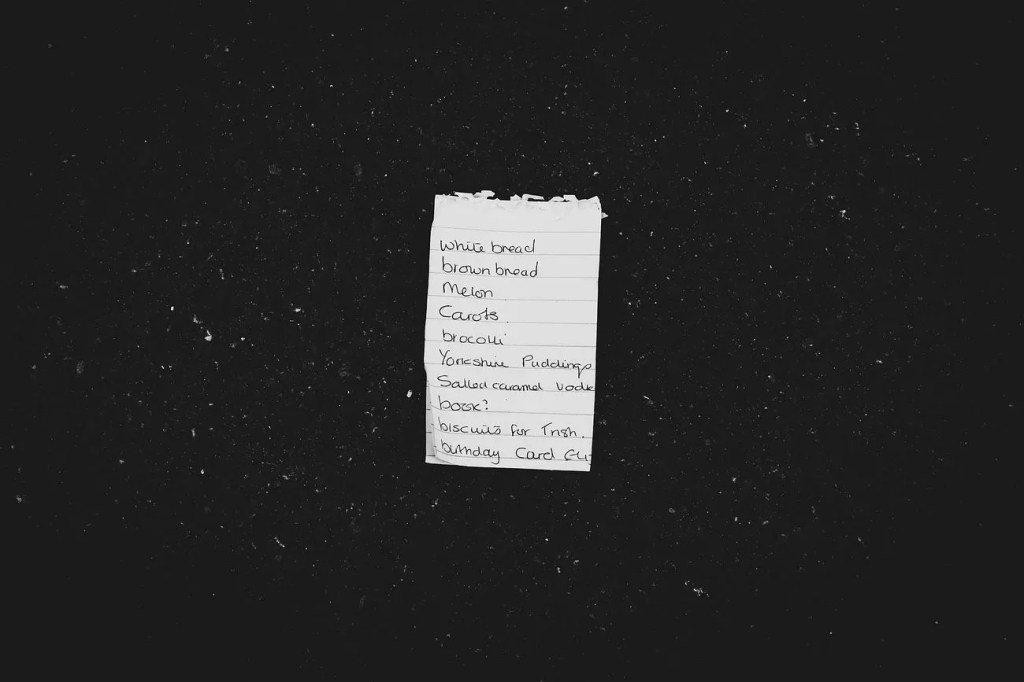Category: WordPress
-

A Trio of Pibooth Plugins
Wherein I developed three plugins for Pibooth: fullscreen toggle, WordPress upload, and custom processing.
-

Stop WordPress From Sending Emails (And Log Them Too!)
A plugin that blocks emails for certain users and logs all email attempts in WordPress.
-

Automatic Admin Login for WordPress, A Really Bad Idea
This content presents a PHP snippet that forces automatic login to a WordPress site as the admin user. While it may be useful for local environments and testing existing data, it is strongly discouraged for production use due to security risks.
-

Silly Ideas: Cache WordPress Excerpts
in WordPressLet’s explore dumb ideas around caching parts of WordPress we shouldn’t.
-

Code Sweep: A Simple Approach to a Neater WordPress User List
in WordPressLearn how to efficiently manage WordPress users by using a PHP snippet to add a ‘Comments’ count column, helping you easily identify and remove spam accounts.



